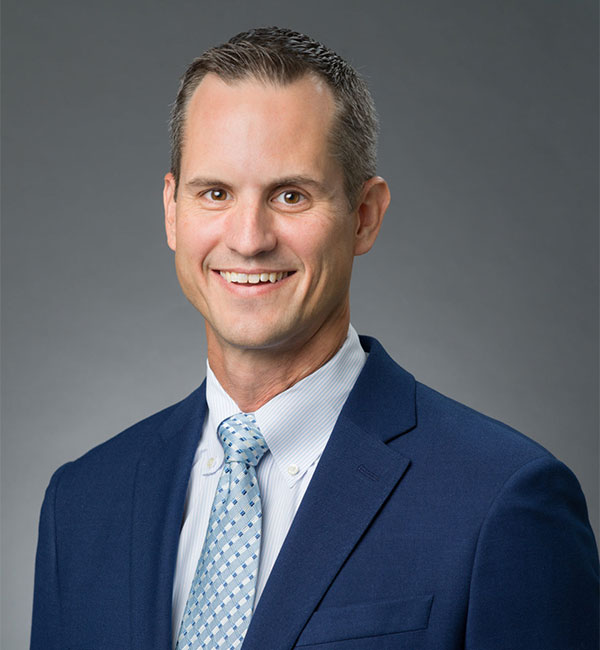 We are an aging population in the US. In 2009, there were 39.6 million people over the age of 65. In 2030, there is expected to be 72 million in that age bracket which will be about 19% of the population.
We are an aging population in the US. In 2009, there were 39.6 million people over the age of 65. In 2030, there is expected to be 72 million in that age bracket which will be about 19% of the population.
In a recent CNNMoney article, the writer profiled several end of life situations that many baby boomers are now facing with their parents and the difficult decisions that need to be made along with the different options for levels of care. The reality is there are many stories where near the end of life, family members become unable to communicate the kind of medical care they need or family conflicts develop in the decision-making about what care may be best.
Denial
As Ben Franklin once quipped, “The only things certain in life are death and taxes.” Even though we know it’s coming, it’s easy to put off decision making about how the end of our lives will go. And with the staggering level of costs occurring in the last 5 years of life, averages of $39k for individuals, $51k for couples and $66k for people with longer-term illnesses (ex. Alzheimer’s), making decisions now can help to provide necessary guidance during that time.
In the article, a study was mentioned which found that 6 out of 10 people say they don’t want their family burdened by end-of-life decisions, but nearly the same percentage (56%) have not communicated their wishes. In addition, for those that did make decisions, only 22% had it documented in their medical records.
By not clearly communicating the care you would like, you are leaving the decision up to others, who may have no idea about your original desires.
Know Your Options
There are several levels of care available so that your loved-one is as comfortable as he/she desires near the end. The CNN article stated that more than 40% of elderly care patients saw more than 10 doctors in the last six months of their lives.
Part of a solution is for patients and families to understand the differences in aggressive treatments vs. palliative care. A palliative-care doctor works with the family and doctors to find the best methods to relieve suffering and offers counseling that has been said to greatly improve the quality of the end of life.
Also, a study by Duke University found that hospice care, a form of palliative care, could actually lower cost due to its focus on comfort care vs. aggressive high-cost intervention procedures.
Take Action Now
The best time to share your wishes is before a medical crisis occurs. Providing an Advance Directive to your loved ones is a great way to document your wishes. Only 33% of Americans have instructions laid out in a living will or health care power of attorney (HCPOA) document. A living will allows you to determine if you want life-sustaining options used while a health care POA appoints someone to make health decisions for you if you cannot.
For our continuous service clients, we are currently going through your annual estate reviews to determine if it may be time to have your documents updated. However, we encourage all our current & future clients (financial planning and investment management) to look in to drafting these documents with an attorney (if you don’t already have them). Feel free to contact us if you would like a referral to help you complete this step in your estate plan.
Photo credit: Flickr – mescon





